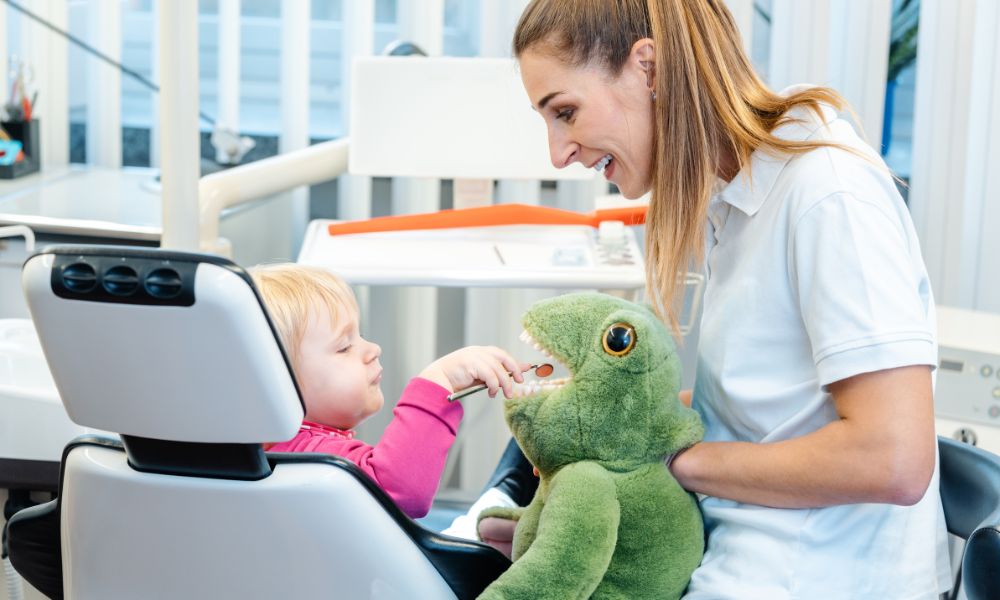After a year and a half of being stuck at home, students are finally reentering the classroom. Along with in-person learning, many after-school programs have restarted. After-school programs are incredibly beneficial for students who need a little extra support and an activity to do after school. If this sounds appealing to you, follow these tips on how to build a successful after-school program. Any institution can do it if they have the right tools and resources.
Quality Staff
One reason why after-school programs are so popular is that they give students an opportunity to interact with teachers in ways they can’t elsewhere. Educators in these programs get to see kids in their element rather than just sitting behind a desk. This gives educators a unique opportunity to get the students to open up. They could even teach them essential life skills and give them the support they aren’t receiving at home.
A Structured Plan
A good after-school program doesn’t consist of throwing kids in the gym and letting them do whatever they want. Instead, educators should have a structured plan that encourages kids to speak up and work together. The more they participate, the better. If the kids participate in after-school activities, they might be more confident to speak up in class and interact with other students. That’s why an organized plan is best for an after-school program.
Access to Equipment
To plan activities in after-school programs, the kids must have access to the right equipment. Try and get the students something that stimulates their minds and encourages physical activity. Teachers should fight for more funds for these programs so that kids have the best opportunities possible.
This guide on how to build a successful after-school program will benefit the institution as a whole. These incentives encourage kids to let off some steam after class. In addition, because the dynamic between teacher and student is different than in the classroom, they might feel more inclined to open up. There are so many reasons to start one of these initiatives; more schools should consider creating them.





